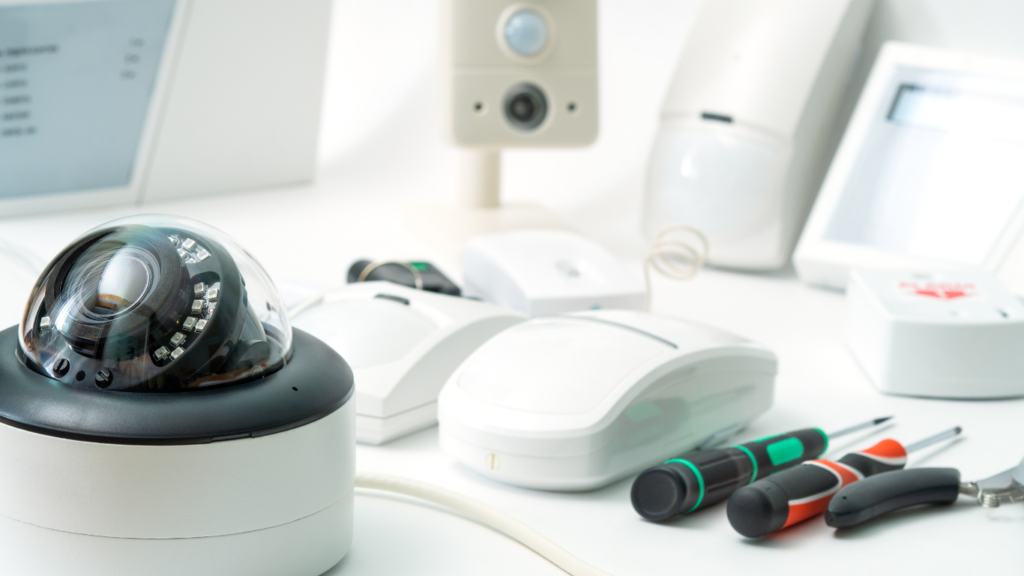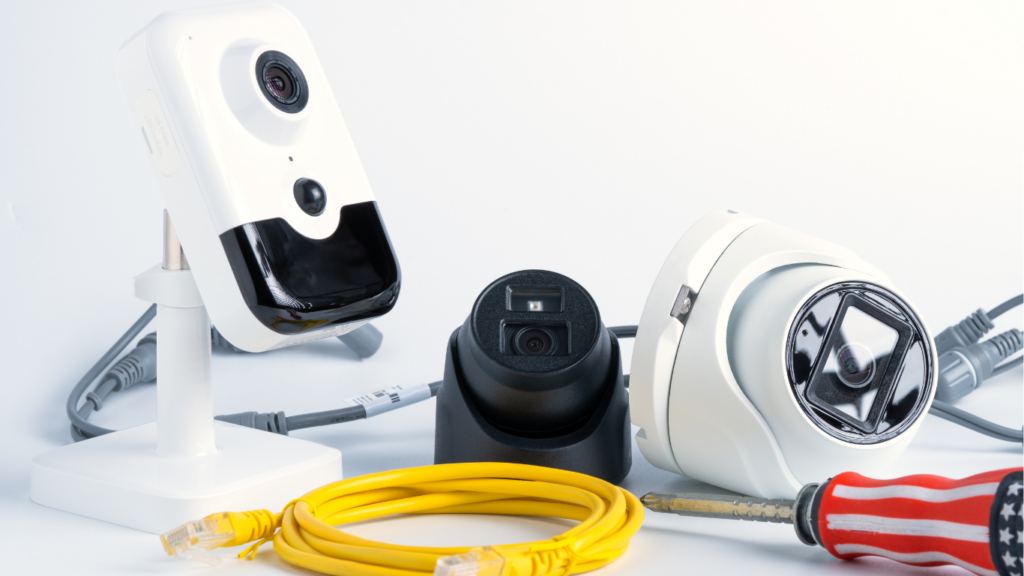Understanding Smart Irrigation Systems
Smart irrigation systems automate and optimize the watering of your villa’s garden. They adjust watering schedules based on real-time weather data and soil conditions.
What Are Smart Irrigation Systems?
Smart irrigation systems use advanced technology to manage and optimize water usage for gardens. They incorporate sensors, controllers, and weather data to ensure that plants receive the precise amount of water needed. By leveraging connectivity and automation, these systems help reduce water wastage and promote healthier plant growth.
- Weather-Based Adjustments
These systems use local weather data to adjust watering schedules. Rain sensors and weather data can delay or skip watering sessions during rainy days. - Soil Moisture Sensors
Soil moisture sensors monitor the water content in the soil. The system only activates when moisture levels fall below a certain threshold, preventing both overwatering and under-watering. - Remote Control
Users can manage and adjust settings via smartphone apps. This feature provides flexibility, allowing adjustments from anywhere with an internet connection. - Automated Scheduling
Automated scheduling enables the system to water at optimal times. Early morning or late evening watering minimizes evaporation and ensures efficient water use. - Water Usage Reports
Water usage reports give users insights into their watering habits and system performance. These reports can help identify areas where water consumption can be reduced. - Integration with Smart Home Systems
Compatibility with smart home systems allows for seamless integration. Voice commands and home assistants facilitate effortless control.
Using smart irrigation systems ensures your garden stays lush and green while conserving water.
Benefits of Smart Irrigation Systems

Smart irrigation systems offer numerous advantages, making them a practical choice for any villa garden. They significantly improve water efficiency, reduce costs, and add considerable convenience.
Water Conservation
Smart irrigation systems optimize water usage, ensuring gardens receive the right amount at the right time. They employ weather data and soil sensors to adjust watering schedules. This targeted approach minimizes waste and promotes sustainable water use. Studies indicate gardens can save up to 50% of water compared to traditional methods.
Cost Efficiency
By conserving water and reducing wastage, smart irrigation systems decrease water bills. They also extend the lifespan of garden plants by preventing over-watering and under-watering. Lower water consumption translates into savings, making these systems a cost-effective investment over time.
Convenience and Automation
Smart irrigation systems bring unparalleled convenience through automation. Remote control via smartphone apps allows real-time adjustments and monitoring. Automated scheduling, based on actual weather conditions, ensures a well-maintained garden without manual intervention. Many systems offer integration with other smart home devices, providing a seamless user experience.
Types of Smart Irrigation Systems
Smart irrigation systems come in various types, each designed to meet specific needs and conditions. Here are the primary categories to consider for your villa’s garden:
Sensor-Based Systems
Sensor-based systems adjust watering schedules based on data from soil moisture sensors. These sensors measure soil moisture levels in real time, ensuring precise watering. When integrated into smart irrigation systems, they prevent overwatering by only activating the irrigation when the soil’s moisture drops below a set threshold. This keeps the garden hydrated without wasting water. An example of such a system is the Rachio 3, which offers soil moisture sensors as part of its ecosystem.
Weather-Based Systems
Weather-based systems optimize irrigation by using real-time weather data. These systems access weather forecasts and adjust watering schedules based on expected rainfall, temperature, and humidity levels. By doing so, they ensure that the garden receives the right amount of water, reducing water usage on rainy days and increasing it during dry spells. Devices like RainMachine and Netro offer advanced weather-based technologies that connect to local weather stations for accurate adjustments.
Choosing the Right System for Your Villa
Selecting the perfect smart irrigation system for your villa ensures that your garden thrives. Consider the specific needs of your garden and compare leading brands to make an informed decision.
Assessing Your Garden’s Needs
Identify the unique requirements of your villa’s garden before choosing a system. Understand the soil type, the varieties of plants, and the garden size. Soil moisture and weather data influence irrigation schedules. Garden size impacts system selection since large gardens might need more sophisticated solutions.
Comparing Brands and Models
Explore top brands and models to find the best fit for your villa. Rachio 3 offers weather intelligence and app control. RainMachine integrates with weather services to adjust watering schedules. Netro features automated scheduling based on soil and weather data. Ensure the system you choose supports the needs of your specific garden environment.
Installation and Setup
Smart irrigation systems simplify garden maintenance. Proper installation ensures your villa’s garden thrives.
Steps to Install Smart Irrigation Systems
- Plan Layout: Map out your villa garden, marking sprinkler zones. Determine the optimal placement for sensors and controllers. Include areas needing more water, like flower beds, and less water, like grass.
- Prepare Equipment: Gather tools like a shovel, wrench, and pipe cutter. Ensure you’ve all system components. Confirm you have Wi-Fi connectivity if your system needs it.
- Install Controllers: Mount the main control unit near a power source. Follow the manufacturer’s guidelines for positioning. Typically, install the unit indoors or a sheltered outdoor location.
- Connect Sensors: Place soil moisture sensors at representative spots. Insert them at the root level. If using weather-based controllers, install rain and wind sensors in unobstructed locations.
- Lay Pipes and Sprinklers: Dig trenches for pipes. Lay the main water line and connect it to the control unit. Position sprinklers according to your layout plan. Secure all connections to avoid leaks.
- Test System: Activate the system to check for leaks or clogs. Calibrate sensors and adjust sprinkler heads to cover designated areas. Ensure even water distribution.
Common Installation Challenges
Inconsistent Water Pressure: Low pressure affects sprinkler performance. Install a pressure regulator if needed.
- Wi-Fi Connectivity Issues: Poor signal impacts smart functions. Consider using a Wi-Fi range extender.
- Sensor Placement: Incorrect sensor locations provide inaccurate data. Test different spots to find optimal positions.
- Hardware Compatibility: Mixing brands might cause issues. Use components from the same manufacturer whenever possible.
These steps, when followed precisely, will set up an efficient smart irrigation system in your villa’s garden.
Maintenance and Troubleshooting
Maintaining and troubleshooting a smart irrigation system ensures its longevity and efficiency. Implement regular maintenance and promptly address common problems to keep your villa’s garden green and thriving.
Regular Maintenance Tips
Check the controllers and sensors periodically to prevent malfunctions. Inspect all components for damage and replace any faulty parts immediately. Clean sprinkler heads, ensuring they are free of debris and operating correctly. Perform software updates for controllers to access new features and improvements. Verify data from soil moisture and weather sensors to ensure accurate system responses.
Solving Common Problems
Resolve connectivity issues by rebooting the Wi-Fi router and ensuring the irrigation system is within range. Address water pressure problems by inspecting valves and pipes for blockages or leaks. Recalibrate sensors if they provide inaccurate data by referencing the manufacturer’s guidelines. Fix inconsistent watering patterns by checking for clogged or misaligned sprinklers and adjusting them accordingly.

 Michael Matherne has been instrumental in the development of Villa Estates Luxe, leveraging his extensive background in real estate and digital marketing to shape the platform's success. His strategic insights have been crucial in curating the latest news and market trends, ensuring that users receive timely and relevant information tailored to their needs. Michael has also been pivotal in enhancing the overall user experience, implementing innovative features that make navigating the site seamless. His commitment to providing high-quality content and fostering a community of informed buyers and investors has significantly contributed to Villa Estates Luxe’s reputation as a trusted resource in the luxury villa market.
Michael Matherne has been instrumental in the development of Villa Estates Luxe, leveraging his extensive background in real estate and digital marketing to shape the platform's success. His strategic insights have been crucial in curating the latest news and market trends, ensuring that users receive timely and relevant information tailored to their needs. Michael has also been pivotal in enhancing the overall user experience, implementing innovative features that make navigating the site seamless. His commitment to providing high-quality content and fostering a community of informed buyers and investors has significantly contributed to Villa Estates Luxe’s reputation as a trusted resource in the luxury villa market.